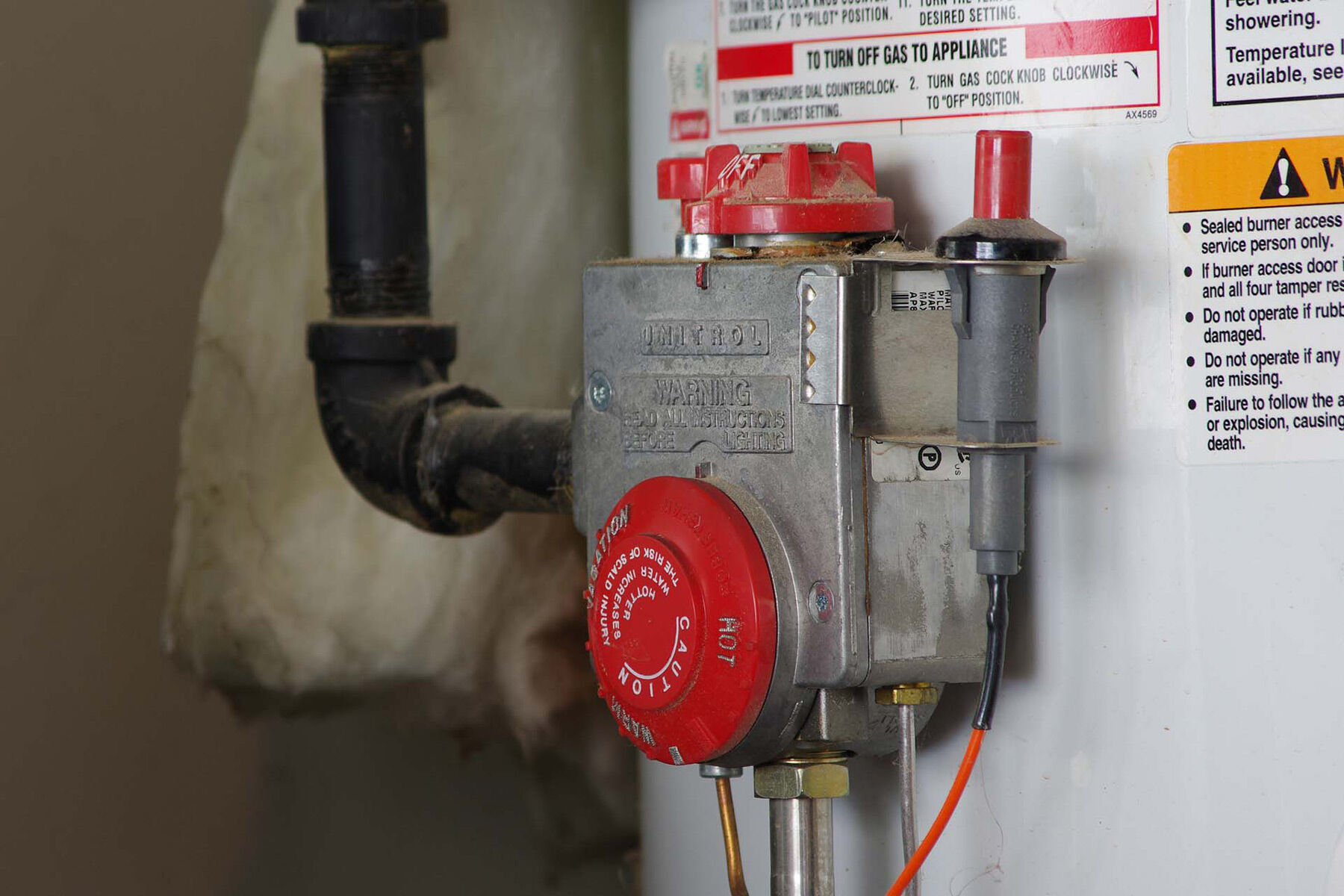

Articles
How To Turn On A Gas Water Heater
Modified: February 22, 2024
Learn how to safely and effectively turn on a gas water heater with our informative articles. Ensure proper functioning and avoid any potential hazards.
(Many of the links in this article redirect to a specific reviewed product. Your purchase of these products through affiliate links helps to generate commission for Storables.com, at no extra cost. Learn more)
Introduction
Welcome to our comprehensive guide on how to turn on a gas water heater. Gas water heaters are a popular choice for many households due to their efficiency and reliability. Whether you’re installing a new gas water heater or simply need to turn yours back on after it has been turned off, this article will provide you with step-by-step instructions to ensure a smooth and safe activation.
Before we dive into the process, it’s important to note that gas water heaters involve working with flammable gases and should be handled with caution. If you’re uncomfortable working with gas or unsure about the process, it’s always best to contact a professional plumber or gas technician to ensure proper installation and safety.
In this guide, we will cover the necessary safety precautions, how to check the pilot light, turning on the gas supply, adjusting the temperature, potential issues, and troubleshooting steps. By following these instructions, you’ll be able to successfully turn on your gas water heater and enjoy a continuous supply of hot water.
Key Takeaways:
- Prioritize safety by following manufacturer’s instructions, checking for gas leaks, and using protective gear when turning on a gas water heater. Ventilation and keeping flammable materials away are crucial for a hazard-free experience.
- Ensure a smooth activation of your gas water heater by checking the pilot light, turning on the gas supply, and adjusting the temperature. Address potential issues like inadequate hot water or frequent pilot light extinguishing with troubleshooting steps or professional assistance.
Read more: How To Turn Off Gas Water Heater
Safety Precautions
Before you start the process of turning on your gas water heater, it’s crucial to prioritize safety. Follow these precautions to ensure a secure and hazard-free experience:
- Read the manufacturer’s instructions: Familiarize yourself with the specific safety guidelines provided by the manufacturer. Each gas water heater may have slightly different requirements and precautions.
- Turn off the power: Locate the electrical power supply to the water heater and turn it off. This can usually be done by flipping the breaker switch in your electrical panel. This step is necessary to avoid any electrical accidents while working on the gas water heater.
- Check for gas leaks: Gas leaks can be extremely dangerous and should be addressed immediately. Make sure to inspect the area around the water heater for any strong, unpleasant odors. If you smell gas or suspect a leak, evacuate the area immediately and contact your gas provider or a professional technician.
- Allow for ventilation: Gas water heaters require proper ventilation to prevent the buildup of harmful gases, such as carbon monoxide. Ensure that there is adequate airflow around the water heater, and never block any vent openings.
- Use protective gear: When working with gas appliances, it’s essential to wear appropriate protective gear. This may include gloves, safety goggles, and, if necessary, a respirator mask. These items will help protect you from any potential hazards.
- Keep flammable materials away: Make sure to clear the area around the water heater of any flammable materials, such as cleaning products, papers, or other combustible substances. This will minimize the risk of accidents or explosions.
By observing these safety precautions, you can ensure a safe working environment and minimize the potential risks associated with turning on your gas water heater.
Checking the Pilot Light
Before proceeding with turning on your gas water heater, it’s important to ensure that the pilot light is functioning properly. The pilot light is a small flame that ignites the main burner, allowing the gas water heater to heat the water. Here’s how you can check the pilot light:
- Locate the pilot light assembly: The pilot light assembly is usually located at the front or side of the water heater. It consists of a small burner and a control knob.
- Turn the control knob to “Pilot”: Look for the control knob on the pilot light assembly and turn it to the “Pilot” position. This will allow you to access the pilot light.
- Press and hold the reset button: In some models, there may be a reset button near the control knob. Press and hold this button to release gas to the pilot light assembly. This will enable you to relight the pilot light.
- Light the pilot light: While holding down the reset button, use a long match or a fireplace lighter to ignite the pilot light burner. Bring the flame close to the pilot light until it ignites. Keep holding the reset button for about one minute to allow the pilot light to stabilize.
- Check the pilot light flame: Once the pilot light is lit, observe the flame. It should be a steady blue flame with a small, consistent size. If the flame is yellow, flickering, or irregular in size, it may indicate a problem with the gas supply or the pilot light burner assembly. In such cases, it’s recommended to seek professional assistance to resolve the issue.
- Turn the control knob to “On”: After the pilot light is lit and stable, you can turn the control knob from “Pilot” to the “On” position. This will enable the main burner to ignite and begin heating the water.
Checking the pilot light is an essential step to ensure the proper functioning of your gas water heater. By following these steps, you can ensure that the pilot light is lit correctly and ready for the next stage of turning on the gas supply.
Turning on the Gas Supply
Once you have confirmed that the pilot light is functioning correctly, the next step is to turn on the gas supply to your water heater. Follow these steps to safely turn on the gas supply:
- Locate the gas valve: The gas valve is typically located near the bottom of the water heater. It is a knob or lever that controls the flow of gas to the burner.
- Turn off the gas supply: Ensure that the gas supply to the water heater is completely turned off. This may involve turning the valve clockwise or flipping a lever to the “Off” position.
- Wait for a few minutes: Once the gas supply is turned off, wait for a few minutes to allow any residual gas in the system to dissipate. This will reduce the risk of ignition when turning the gas supply back on.
- Turn on the gas supply: Turn the gas valve counterclockwise or flip the lever to the “On” position to gradually open the gas supply. Take your time and make sure the valve is fully opened.
- Listen and smell for gas: As you turn on the gas supply, carefully listen for any hissing sounds or smell for the distinct odor of gas. If you notice any unusual sounds or smells, immediately turn off the gas supply and seek professional help to address the issue.
- Leave the area: After turning on the gas supply, it’s important to leave the area around the water heater and allow for proper ventilation. This will ensure that any accumulated gas is safely dispersed.
By following these steps, you can safely turn on the gas supply to your water heater. Remember to proceed with caution and consult a professional if you encounter any issues or if you’re unsure about any aspect of the process.
Before turning on a gas water heater, make sure the pilot light is lit. If it’s out, follow the manufacturer’s instructions to relight it carefully. Always follow safety guidelines and never attempt to relight if you smell gas.
Adjusting the Temperature
After successfully turning on the gas supply, the next step is to adjust the temperature settings on your gas water heater. Follow these instructions to set the desired temperature:
- Locate the temperature dial: The temperature dial is usually located on the front of the water heater, near the bottom. It is marked with temperature settings and a pointer.
- Read the manufacturer’s recommended temperature: Check the manufacturer’s instructions or label on the water heater to determine the recommended temperature range for your specific model.
- Turn the dial to the desired temperature: Rotate the temperature dial to the desired temperature setting. It is commonly recommended to set the temperature between 120 to 140 degrees Fahrenheit (49 to 60 degrees Celsius) to ensure safe and efficient operation.
- Allow time for adjustment: After setting the temperature, give the water heater some time to heat up and stabilize at the desired temperature. This may take a few hours depending on the capacity and efficiency of your unit.
It’s important to note that adjusting the temperature on your gas water heater can have an impact on energy consumption and safety. Very high temperatures can increase the risk of scalding, especially for children and elderly individuals. By setting the temperature within the recommended range, you can ensure a comfortable and safe hot water supply while optimizing energy efficiency.
If you have specific temperature control features or a programmable thermostat on your gas water heater, consult the manufacturer’s instructions for further guidance on adjusting the temperature settings.
Read more: How To Turn On Outdoor Gas Heater
Potential Issues and Troubleshooting
While turning on a gas water heater is a straightforward process, there are a few potential issues that you may encounter. Here are common problems and troubleshooting steps to help you address them:
- No pilot light: If the pilot light doesn’t ignite or stay lit, there may be an issue with the gas supply, thermocouple, or pilot light assembly. Ensure that the gas supply is turned on, the thermocouple is properly connected, and the pilot light burner is clean and free from debris. If the problem persists, it’s recommended to seek professional assistance.
- Inadequate hot water: If you’re experiencing insufficient hot water, it could be due to a variety of reasons. Check the thermostat setting to ensure it is at the desired temperature. Additionally, inspect the sediment buildup in the tank, as excessive sediment can reduce the water heater’s efficiency. Flushing the tank to remove sediment or adjusting the thermostat may help resolve this issue.
- Strange noises: Unusual noises, such as popping or rumbling sounds, may indicate sediment buildup in the tank, which can cause overheating and reduced efficiency. Flushing the tank can help eliminate the sediment and alleviate the noise. However, if the noises persist or are accompanied by other problems, it’s best to consult a professional.
- Gas leaks: If you smell gas or suspect a gas leak, it’s crucial to take immediate action. Evacuate the area, avoid open flames or sparks, and contact your gas provider or a professional technician to inspect and repair the gas leak.
- Frequent pilot light extinguishing: If the pilot light keeps going out, it may be a sign of a faulty thermocouple or a draft issue. Ensure that the thermocouple is properly positioned and tightened. Additionally, check for any drafts or ventilation problems around the water heater that may be affecting the pilot light.
If you encounter any persistent or complex issues with your gas water heater, it’s recommended to consult a professional plumber or gas technician. They can provide expert guidance and ensure safe and effective resolution of the problem.
Conclusion
Turning on a gas water heater is a fairly simple process, but it’s important to prioritize safety and follow the necessary steps to ensure proper operation. By adhering to the safety precautions, checking the pilot light, turning on the gas supply, and adjusting the temperature, you can successfully activate your gas water heater and enjoy a steady supply of hot water.
Remember to consult the manufacturer’s instructions for your specific model, as there may be slight variations in the process. Additionally, if you encounter any issues or feel uncomfortable working with gas appliances, it’s best to seek the help of a professional plumber or gas technician.
Regular maintenance and periodic inspections are essential to keep your gas water heater functioning efficiently and safely. If you face ongoing issues or require any repairs, it’s advisable to contact a qualified technician to assess the situation and provide the necessary solutions.
By following the guidelines in this comprehensive guide, you can confidently turn on your gas water heater and enjoy the convenience and comfort of hot water whenever you need it.
Frequently Asked Questions about How To Turn On A Gas Water Heater
Was this page helpful?
At Storables.com, we guarantee accurate and reliable information. Our content, validated by Expert Board Contributors, is crafted following stringent Editorial Policies. We're committed to providing you with well-researched, expert-backed insights for all your informational needs.
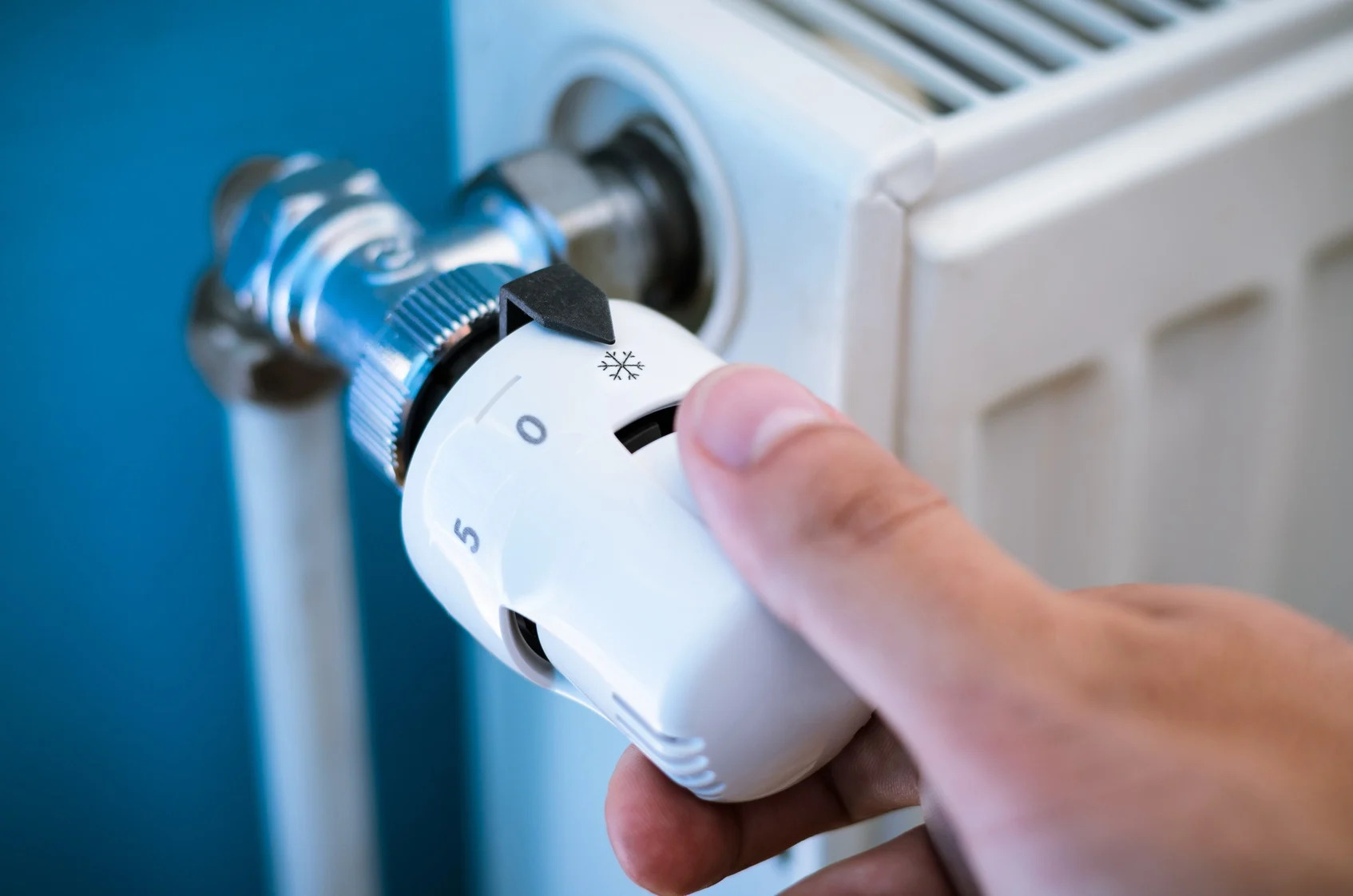
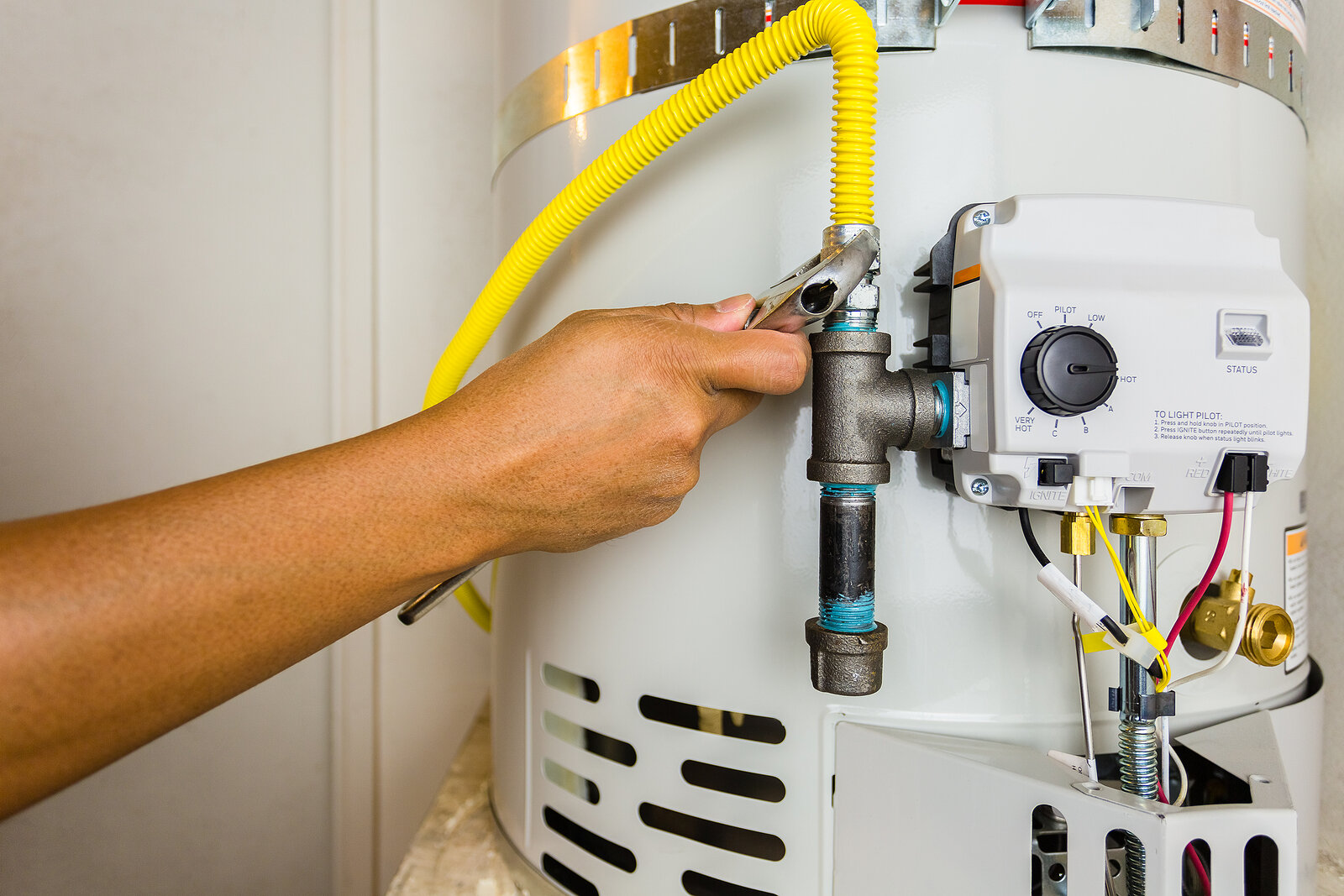
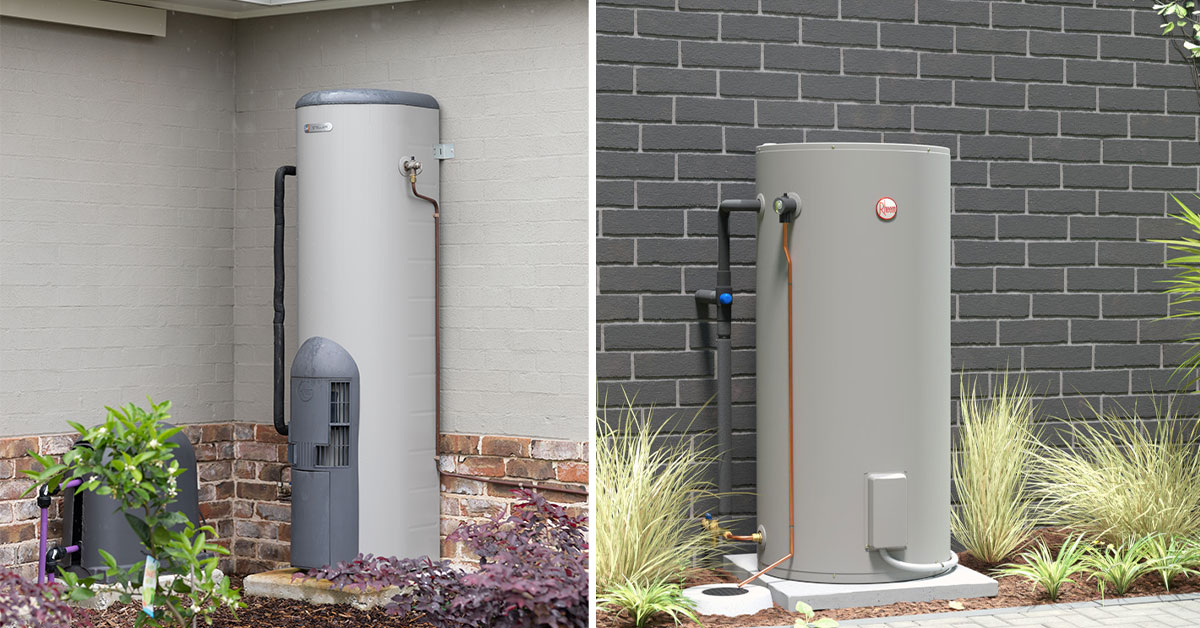
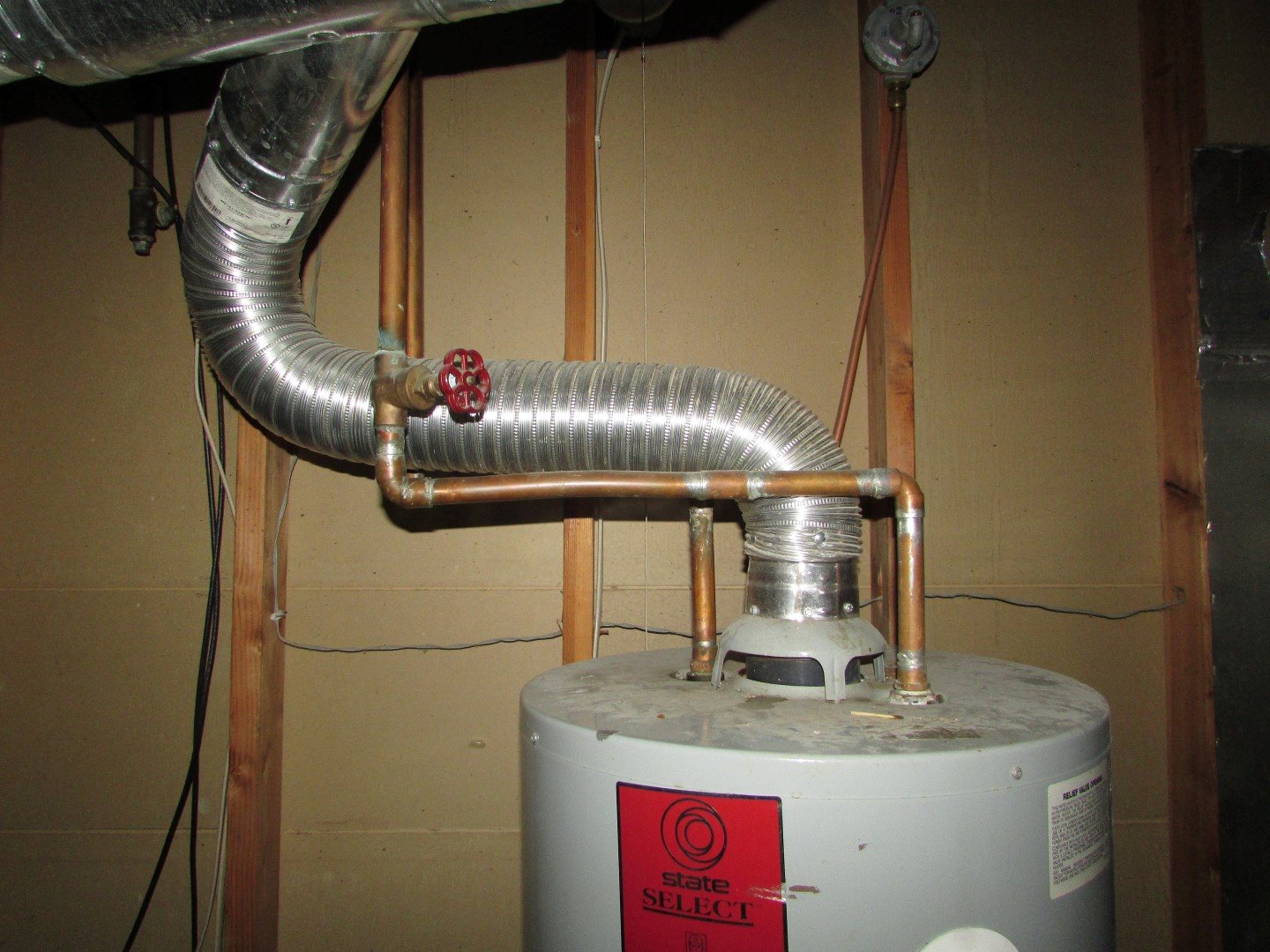
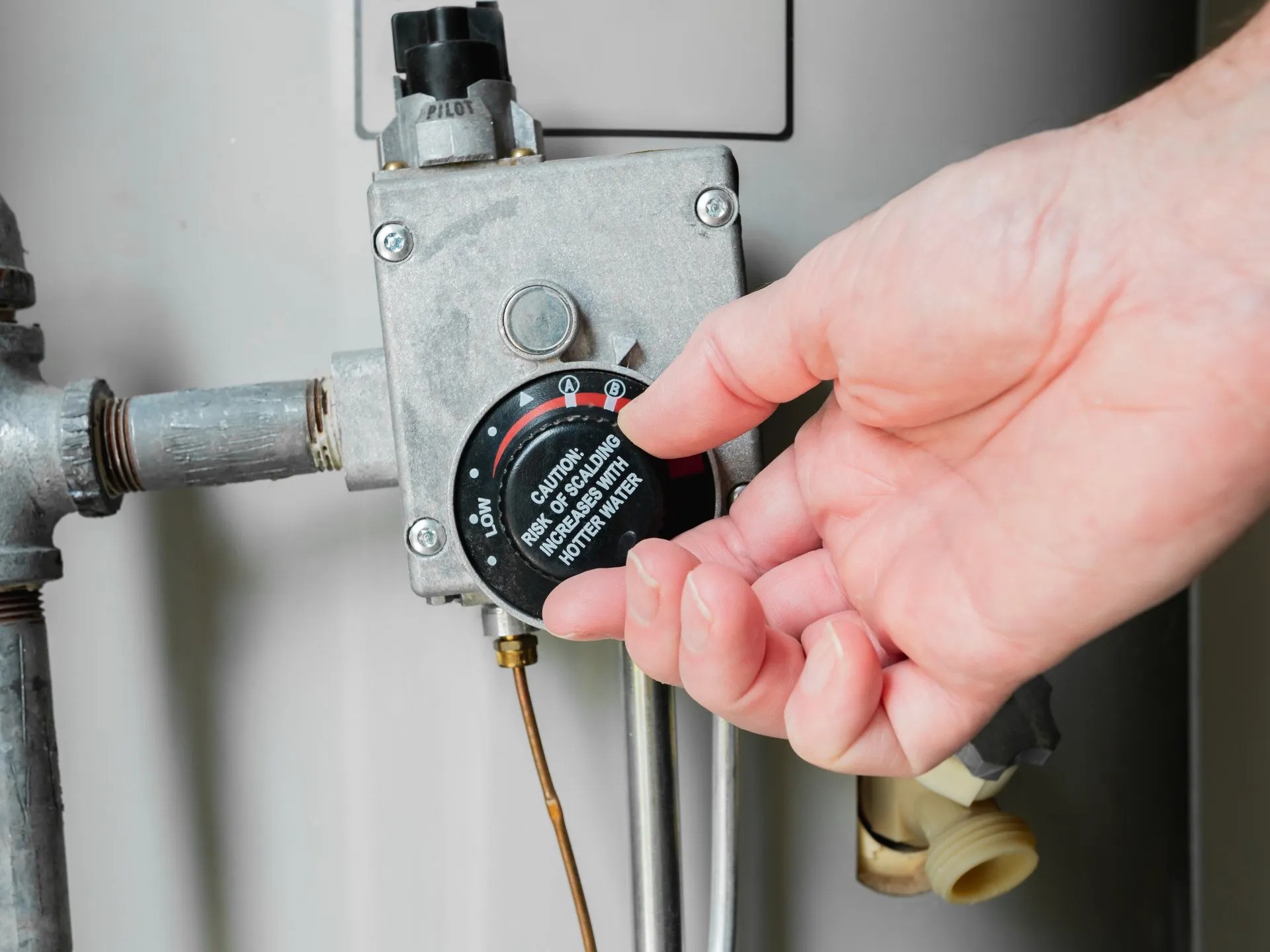
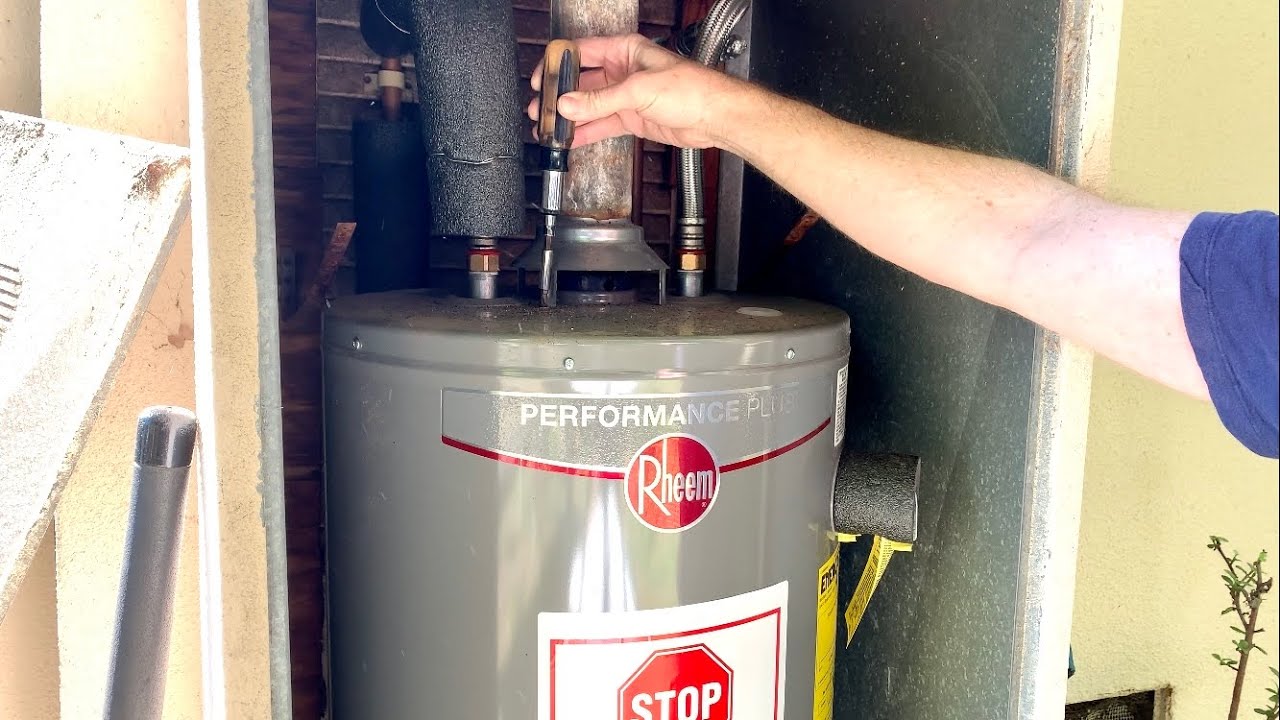
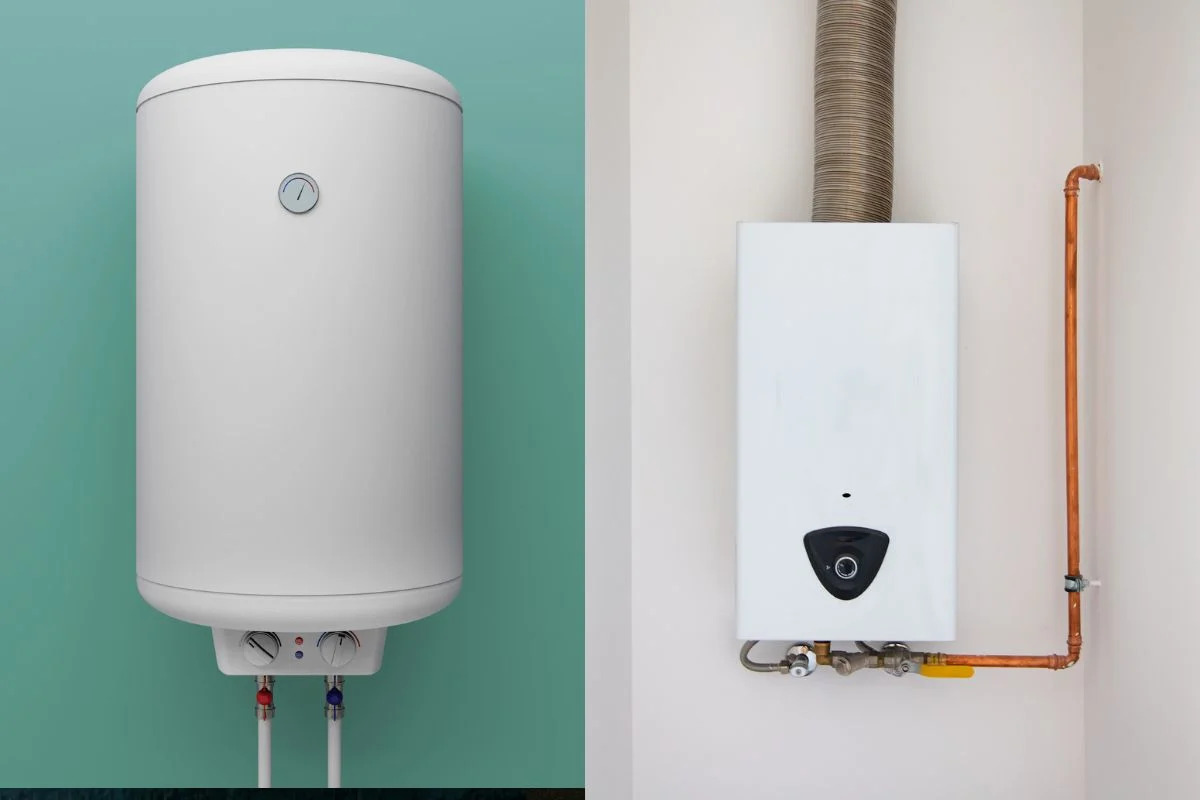
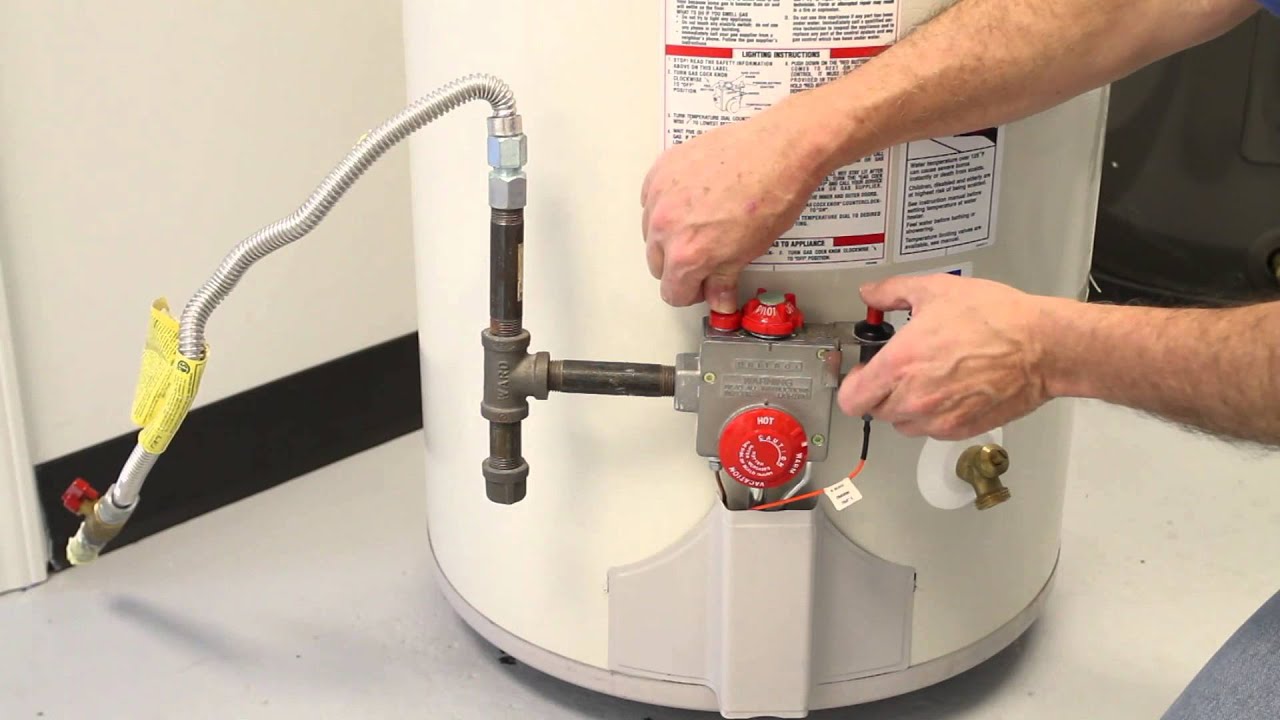
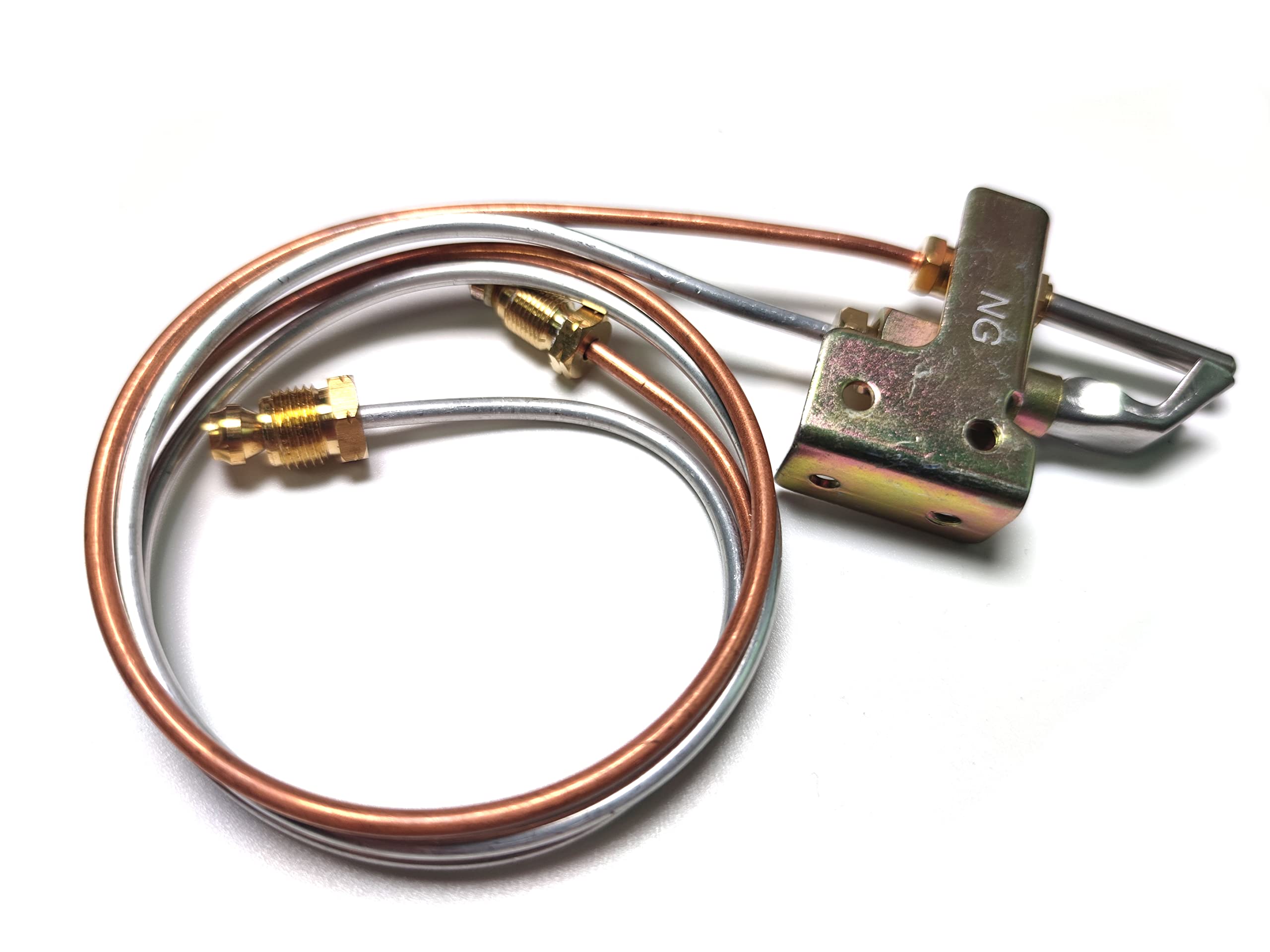
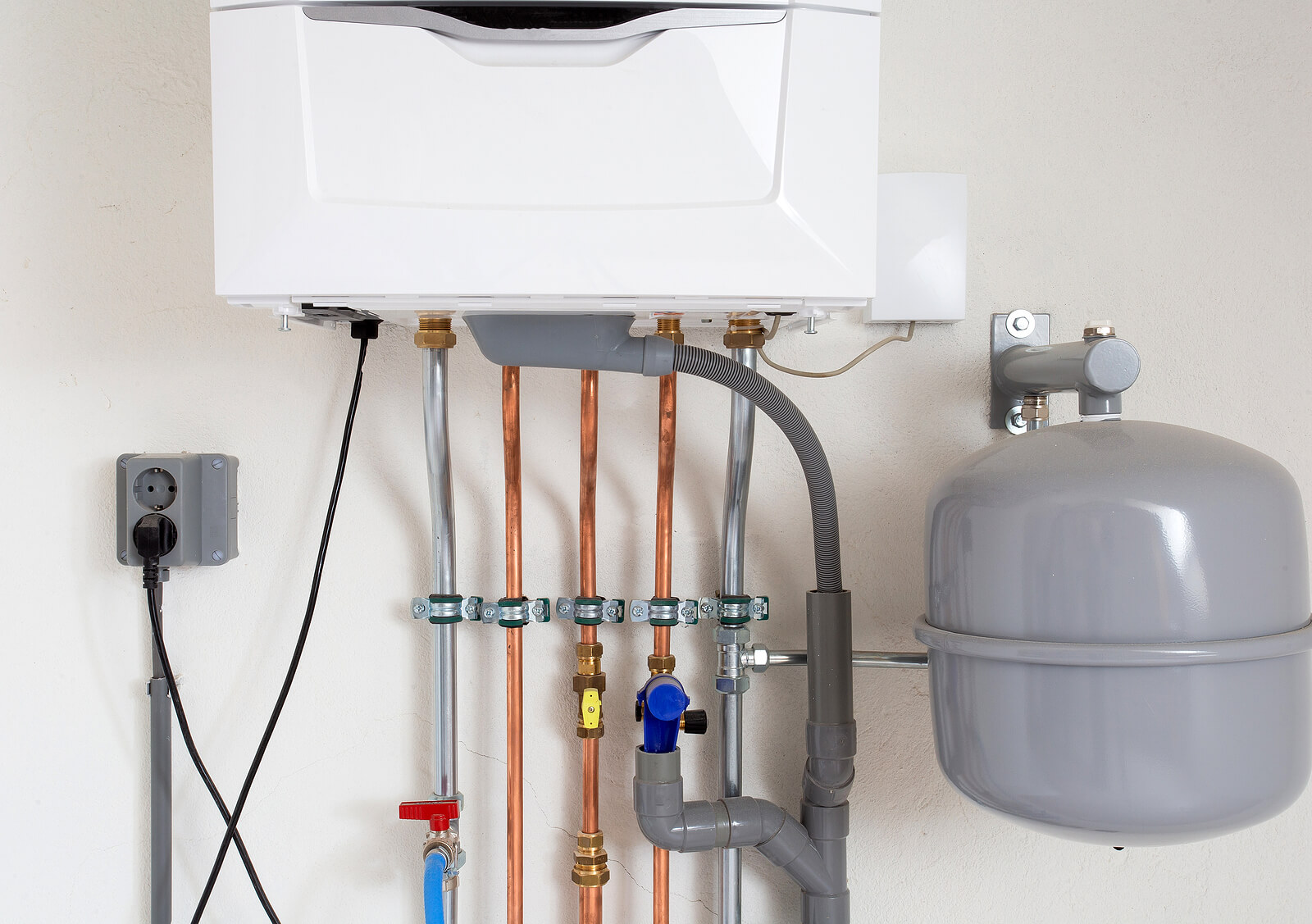
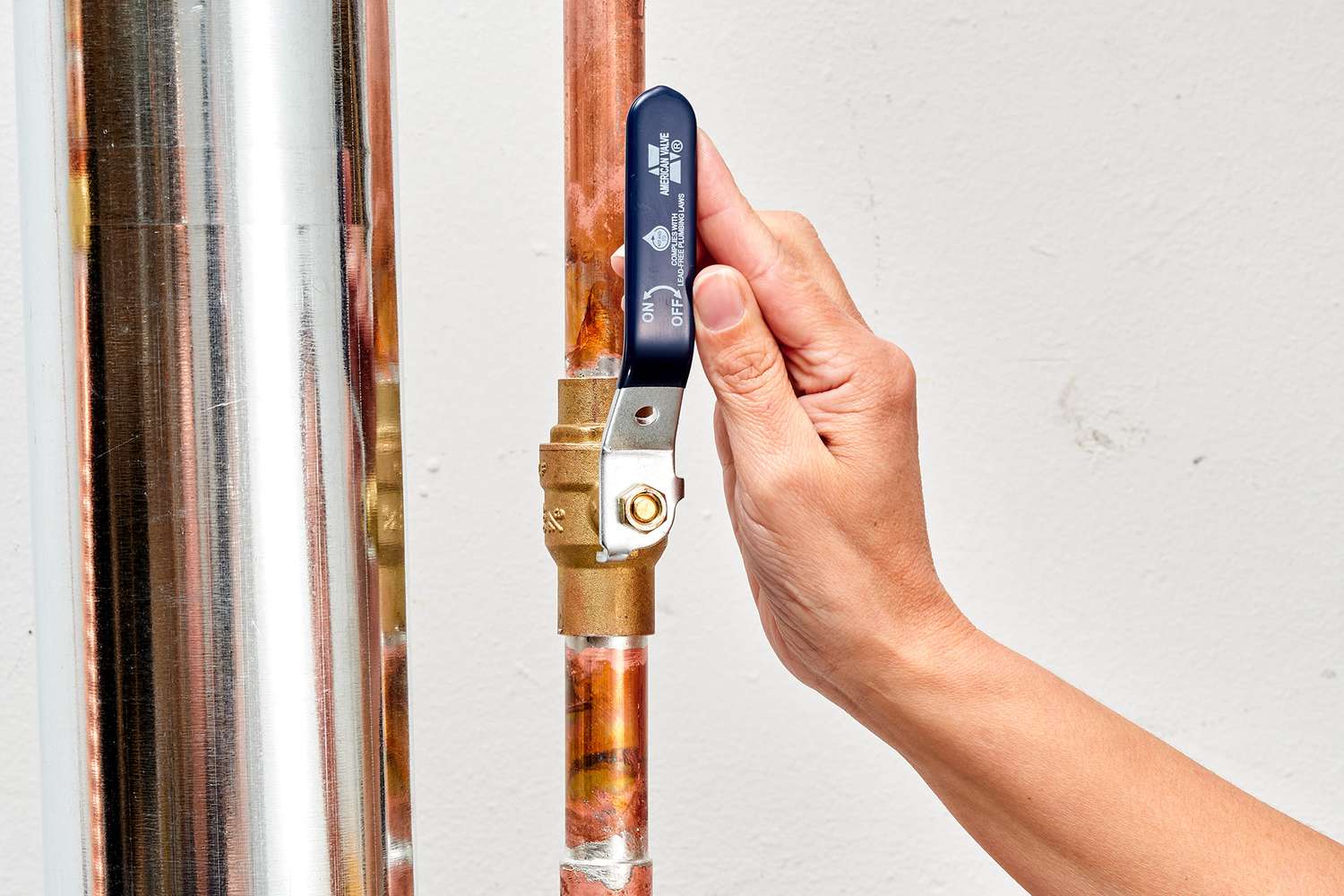
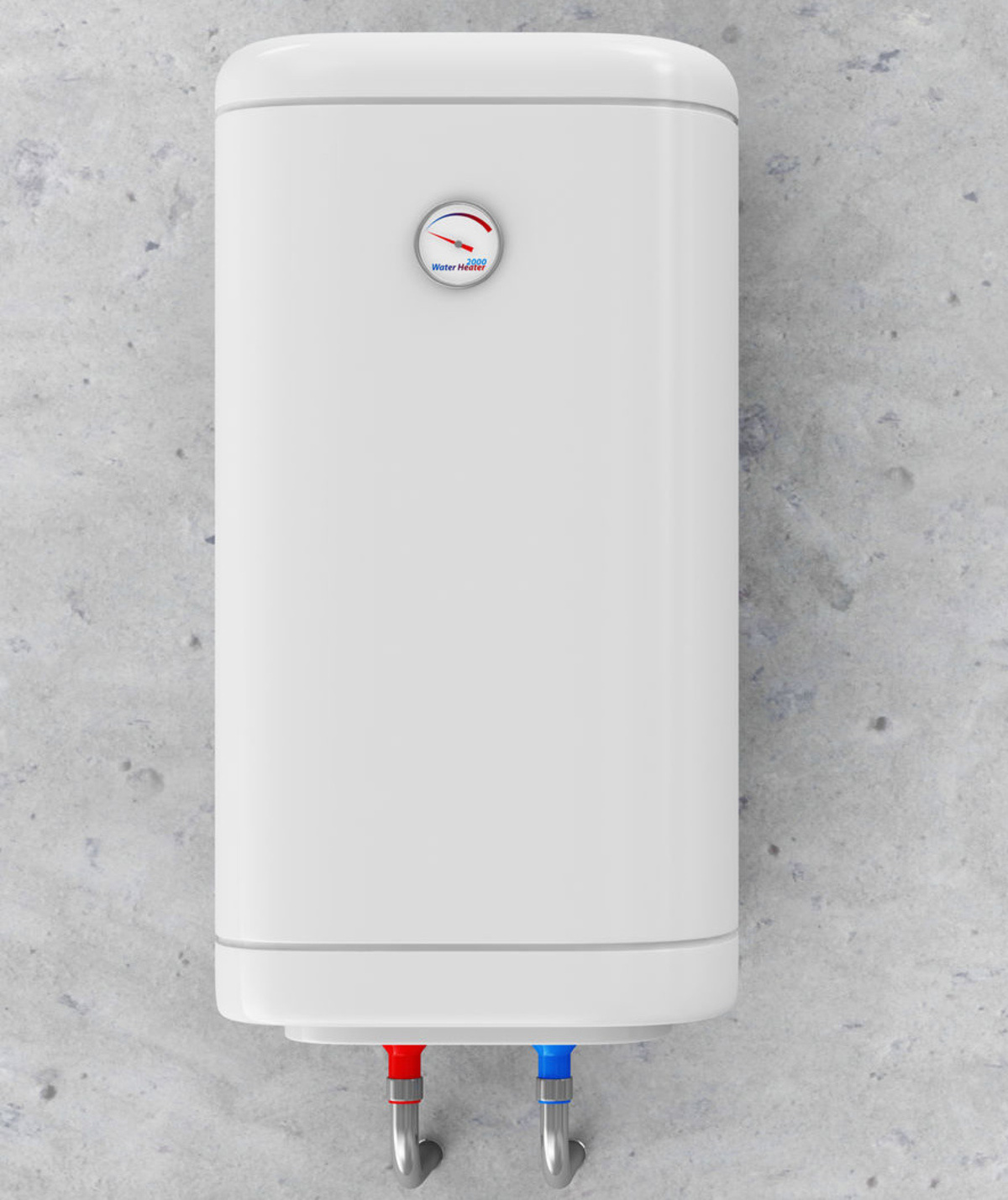
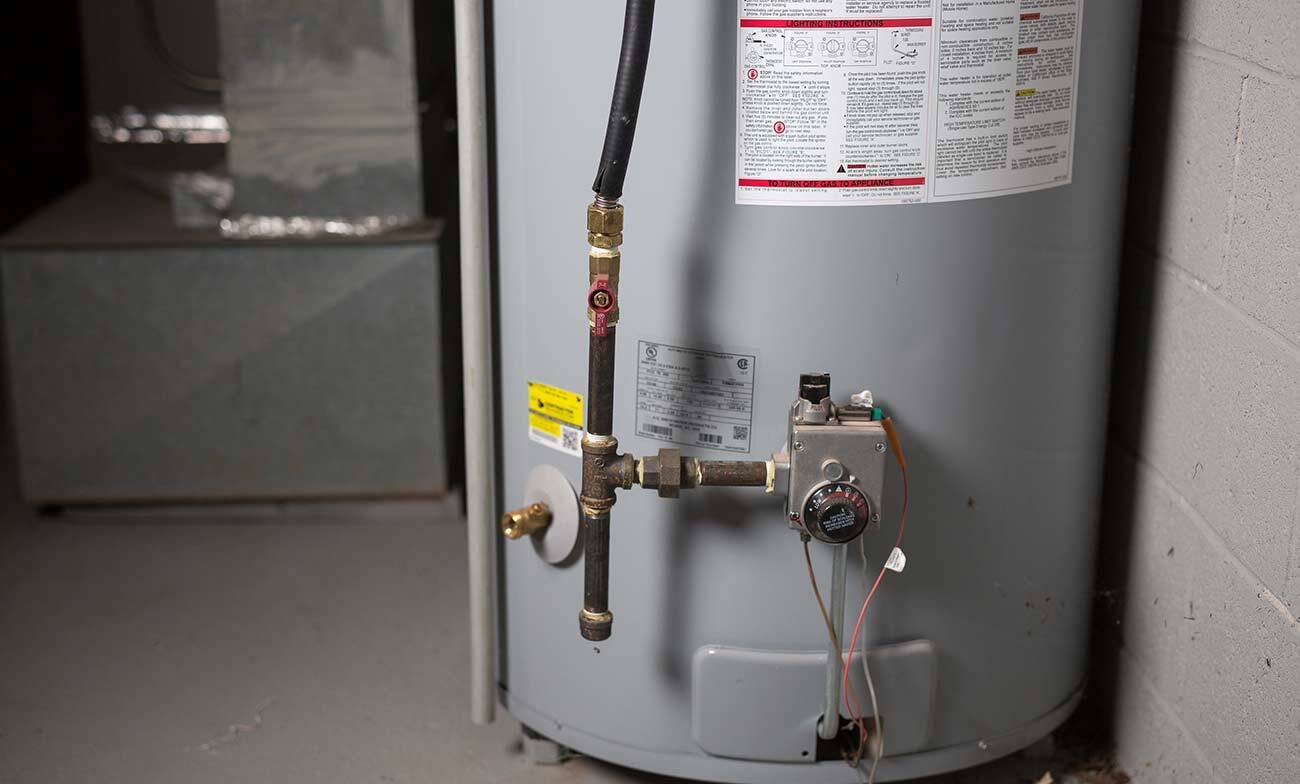
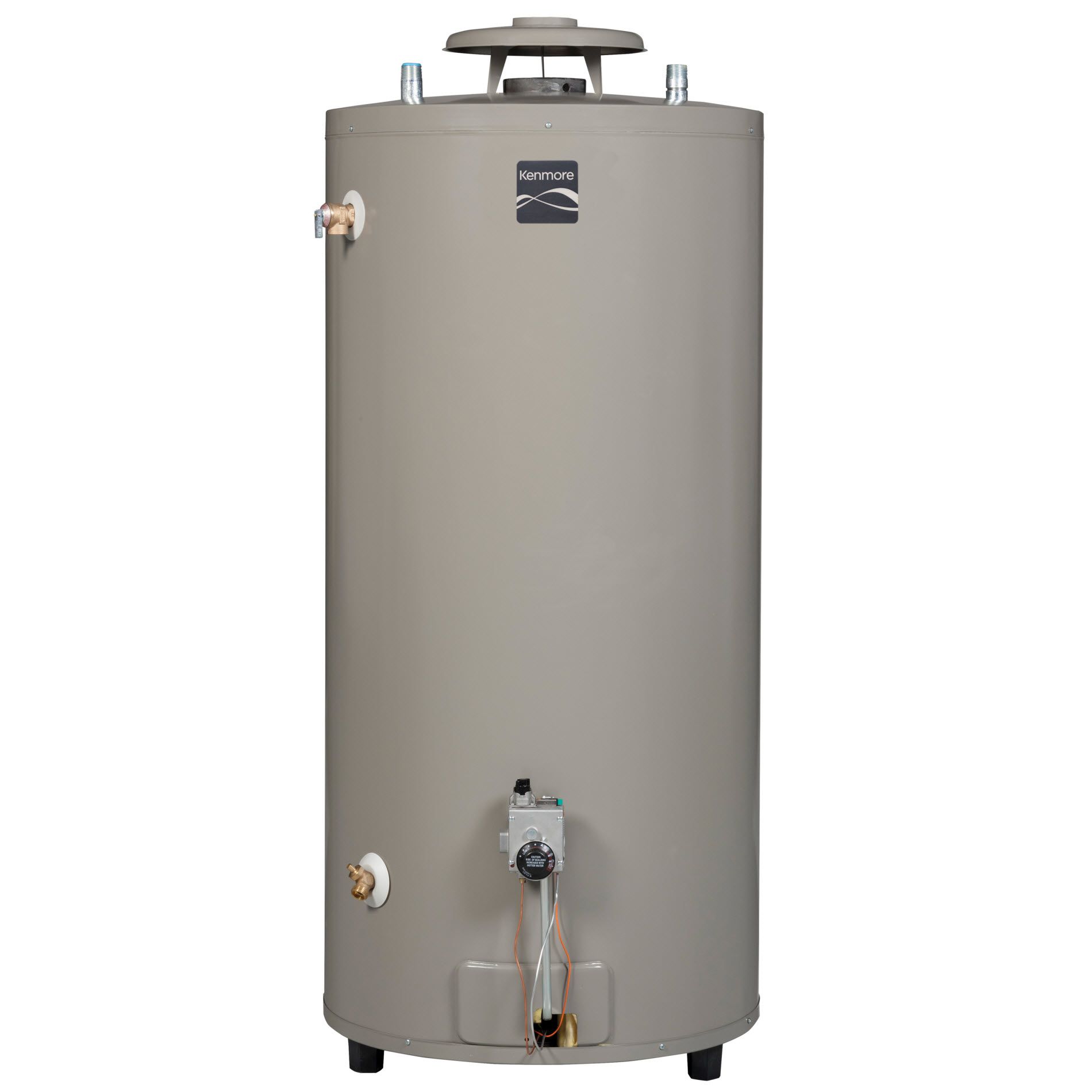

0 thoughts on “How To Turn On A Gas Water Heater”